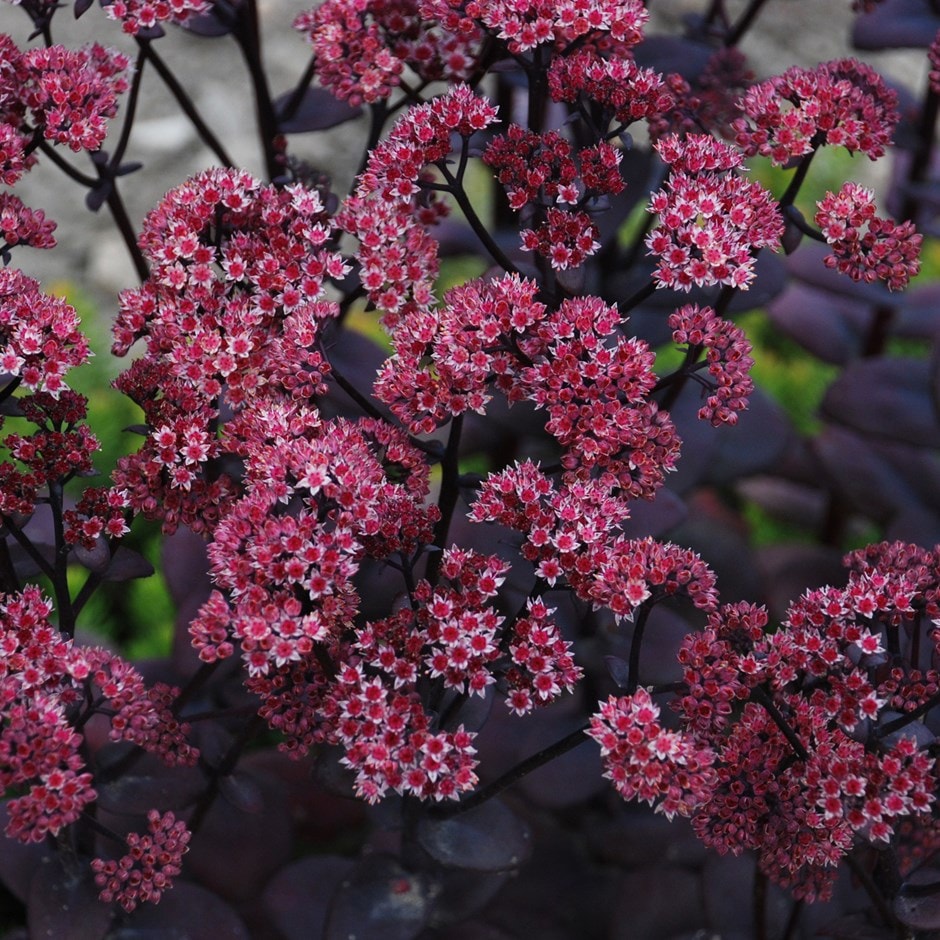
Buy stonecrop ( syn. Sedum ) Hylotelephium 'Blue Pearl' (SunSparkler Series) (PBR) £6.99
Finish up with a 2" (5cm) layer of mulch such as shredded bark or compost to make the garden look tidy, reduce weeds, and retain soil moisture. New plantings should be watered daily for a couple of weeks. After that, depending on the weather and soil type, watering may be adjusted to every two or three days.
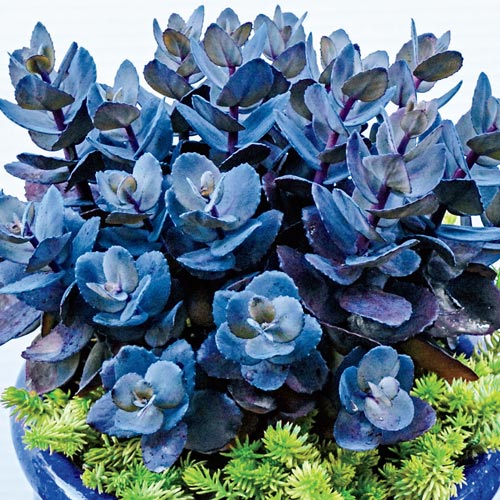
Blue Pearl Sedum BrecksBulbs.ca
Mature Plant Size: 15 - 20 inches. Zone: Zone 4 - 9. Size *. 1 Gallon. Call for Price. Details. Sedum Sunsparkler® 'Blue Pearl', also known as Stonecrop, this variety has the best blue foliage of any sedum. During late summer to early fall, wonderful bright pink flowers will bloom. This sedum performs excellently in containers or in rocky.

Cottage Farms Direct Perennials 'Blue Pearl' Sunsparkler Sedum 3pc Sedum plant, Blue
Blue Pearl Sedum (Hylotelephium) has plum to dark purple foliage with smoky blue overtones. Has dark pink flowers that contrast with the foliage color. thick, plum to dark purple foliage with smoky blue overtones. "Genus name comes from the Latin word sedeo meaning to sit in reference to the general growing habit of many of the sedums (they sit.
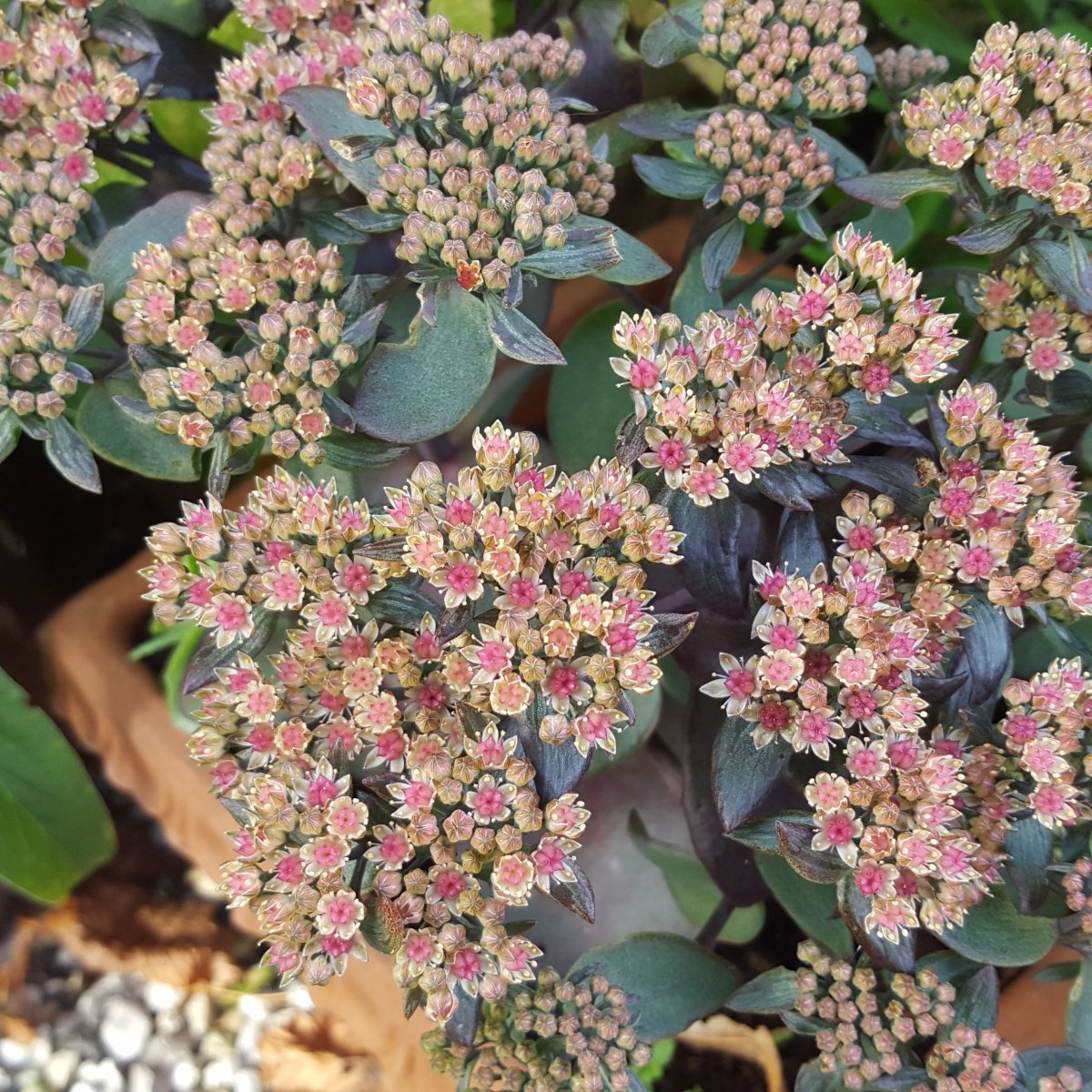
Sedum SunSparkler 'Blue Pearl'. Skt. Hansurt
Sedum SunSparkler® 'Blue Pearl' is the tallest Sedum or Hylotelephium I have. It topped out at 23 inches, including the flower heads, this year. It adds quite a presence in the beds with its height and color. 'Blue Pearl' has a somewhat branching habit and makes a nice full display, with strong upright stems that do not need support. It is.

Sedum 'Blue Pearl' Rustica.fr Jardin japonais, Idées jardin, Jardins
Sedum 'Blue Pearl'. Hylotelephium 'Blue Pearl'. Deciduous Perennial, Succulent. Succulent foliage in tones that read from blue-gray to blueish-purple are the main event on this easy-to-grow perennial for sun that looks great from spring to fall. It's a nice choice for covering the ground along the front of a sunny border or use it in a container.

Sedum Sunsparkler 'Blue Pearl' Sunsparkler Blue Pearl Stonecrop 1 Gallon Groundcover
SunSparkler® Blue Pearl Sedum adds drama to the garden with intense plum-blue foliage that holds color all year long. Late summer brings a stunning display of vibrant pink blooms swaying in clusters against the dark foliage. Butterflies adore the showy blooms of this perennial plant. A short, upright habit ideal for covering ground along.

Blue Pearl Sedum [SunSparkler®] Growing And Care
Plant number: 1.486.400. The groundcover type of Stonecrop is perfect for growing at the front of a sunny border or for edging pathways. It forms a low, compact mound of fleshy, intense blue, non-fading leaves, bearing large clusters of bright pink flowers late summer through fall. Very strong stems.
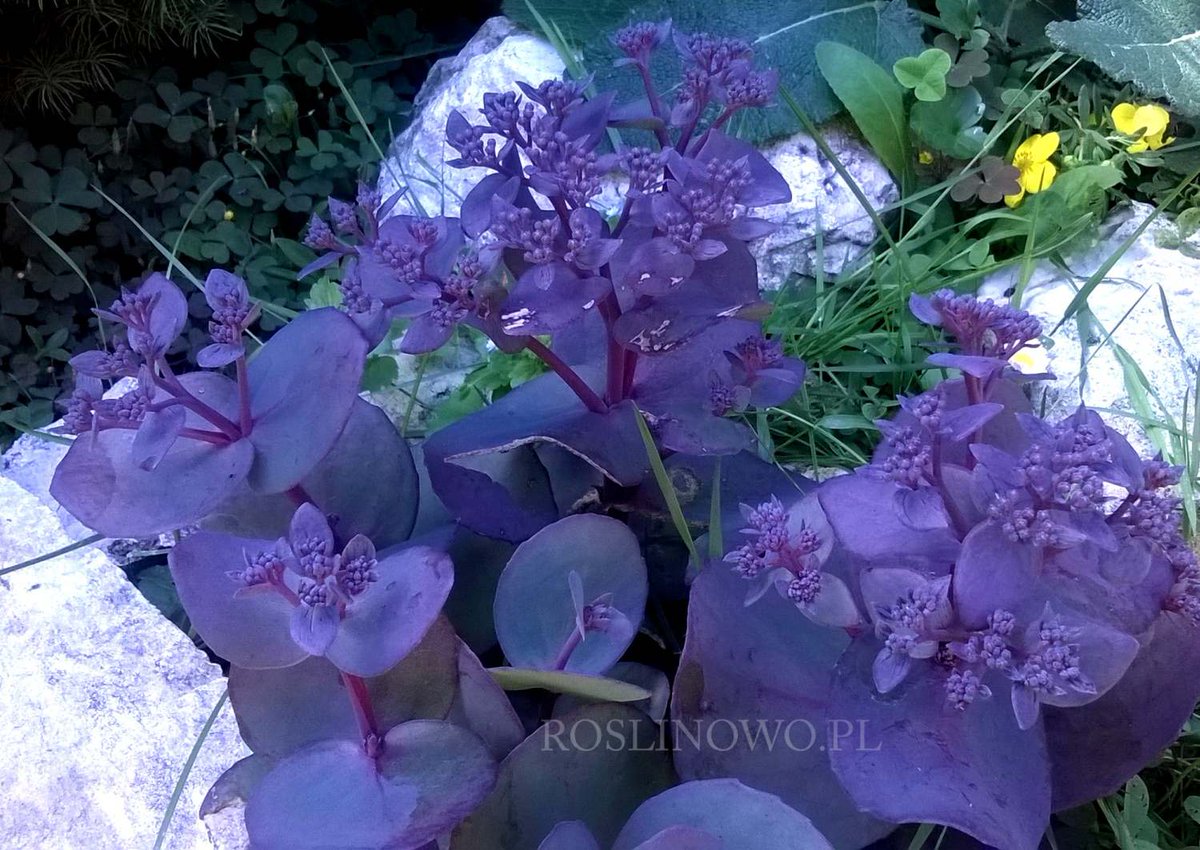
Sedum SunSparkler 'Blue Pearl' Sedum, Blue pearl, Flowers
Sedum SunSparkler® Blue Pearl : An evergreen cactus / succulent or groundcover with purple, blue and burgundy foliage and pink flowers in summer. It contributes glaucous texture to the garden. Attractive to bees and butterflies. To grow well, it prefers sun and occasional - low water. Drought tolerant once established. Grows best in well-drained, average, gritty and rocky soil.

Cottage Farms Direct Live 'Blue Pearl' Sunsparkler Sedum Plant Set of Three Sedum plant
Blue Pearl needs 0.8 cups of water every 12 days when it doesn't get direct sunlight and is potted in a 5.0" pot. Use our water calculator to personalize watering recommendations to your environment or download Greg for more advanced recommendations for all of your plants. Water 0.8 cups every. 12 days.
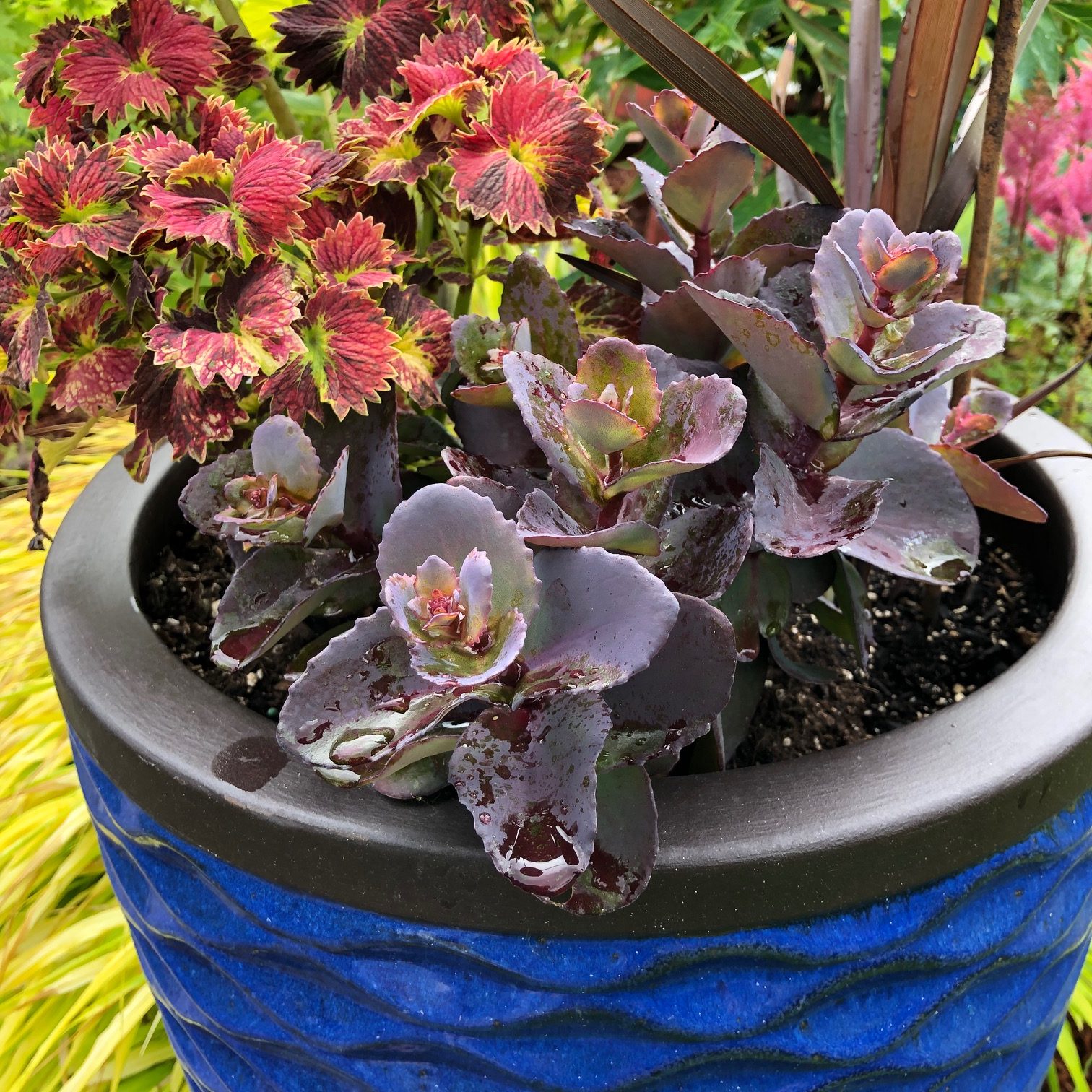
Sedum Sunsparkler® 'Blue Pearl' (4.5" Pot) Little Prince To Go
Details. Botanical Name Sedum 'Blue Pearl' PPAF. Form Bareroot. Hardiness Zone 4-9. Flowering Time Early summer to fall. Light Requirements Full Sun. Flower Color Dark pink. Flower Form Flat, tighly packed heads. Foliage Type Forms a perfect, circular mound of arching stems covered with fleshy, round purple blue foliage.
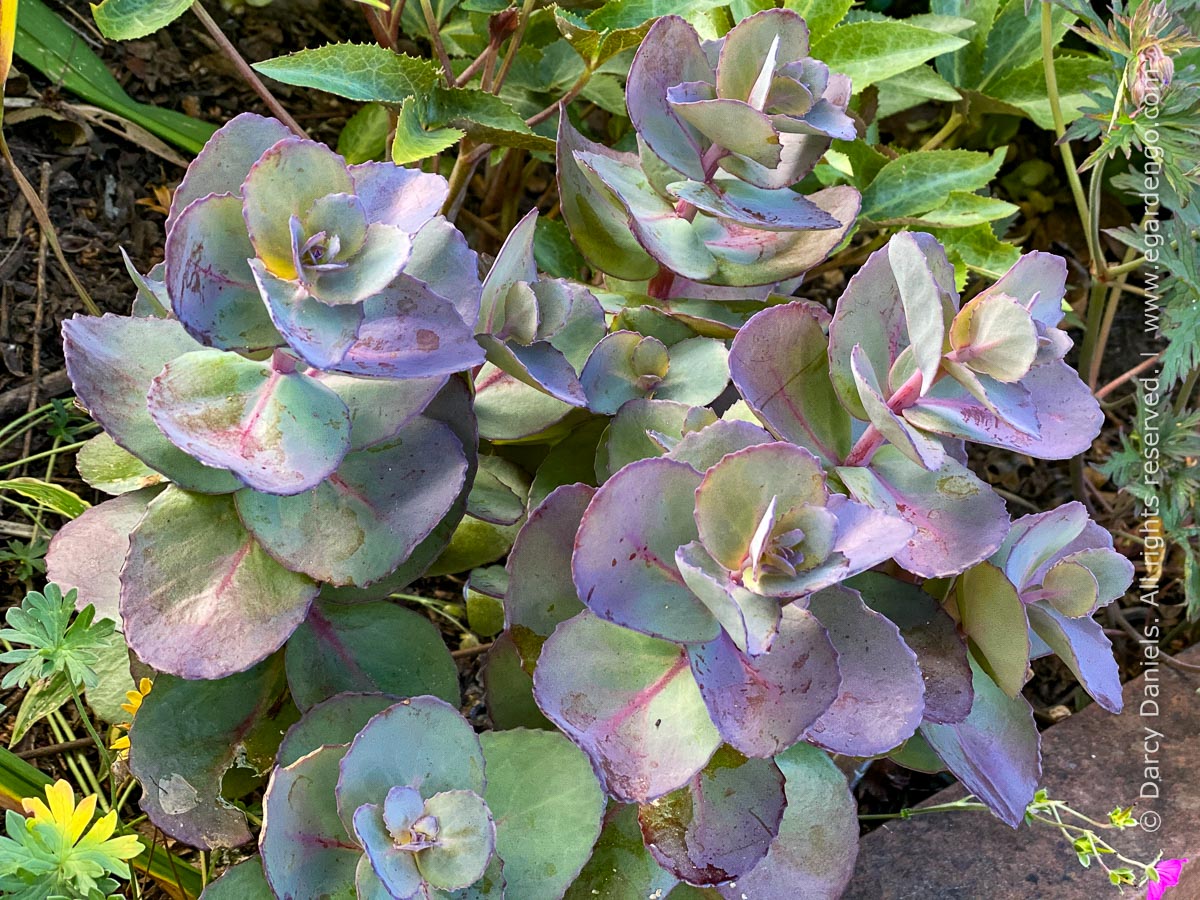
Sedum 'Blue Pearl'
Intense blue foliage make this unique new selection a great choice for landscape or patio. Remains colorful all summer long, unlike other varieties. Large, contrasting hot pink flowers clusters dance above the foliage in late summer. Useful as colorful groundcover or feature in a rock garden or container. Allow soil to dry between waterings.

Le Sedum Perle Bleue (blue pearl) est un petit nouveau au jardin. Son feuillage bleu au
Quick view. Blue Pearl is a Sedum hybrid developed by Chris Hansen, a plant breeder fascinated with these ultra-hardy perennials. This perennial succulent belongs to the sedum or stonecrop family. This moderate grower attains a height of about 6″ inches and a spread of 18″ to 20″ inches. The foliage of Blue Pearl is a distinctive,

Sedum Blue Pearl YouTube
The Tennessee-Kentucky Plant Atlas is a source of data for the distribution of plants within the state as well as taxonomic, conservation, invasive, and wetland information for each species. The website also provides access to a database and images of plants photos and herbarium specimens found at participating herbaria.
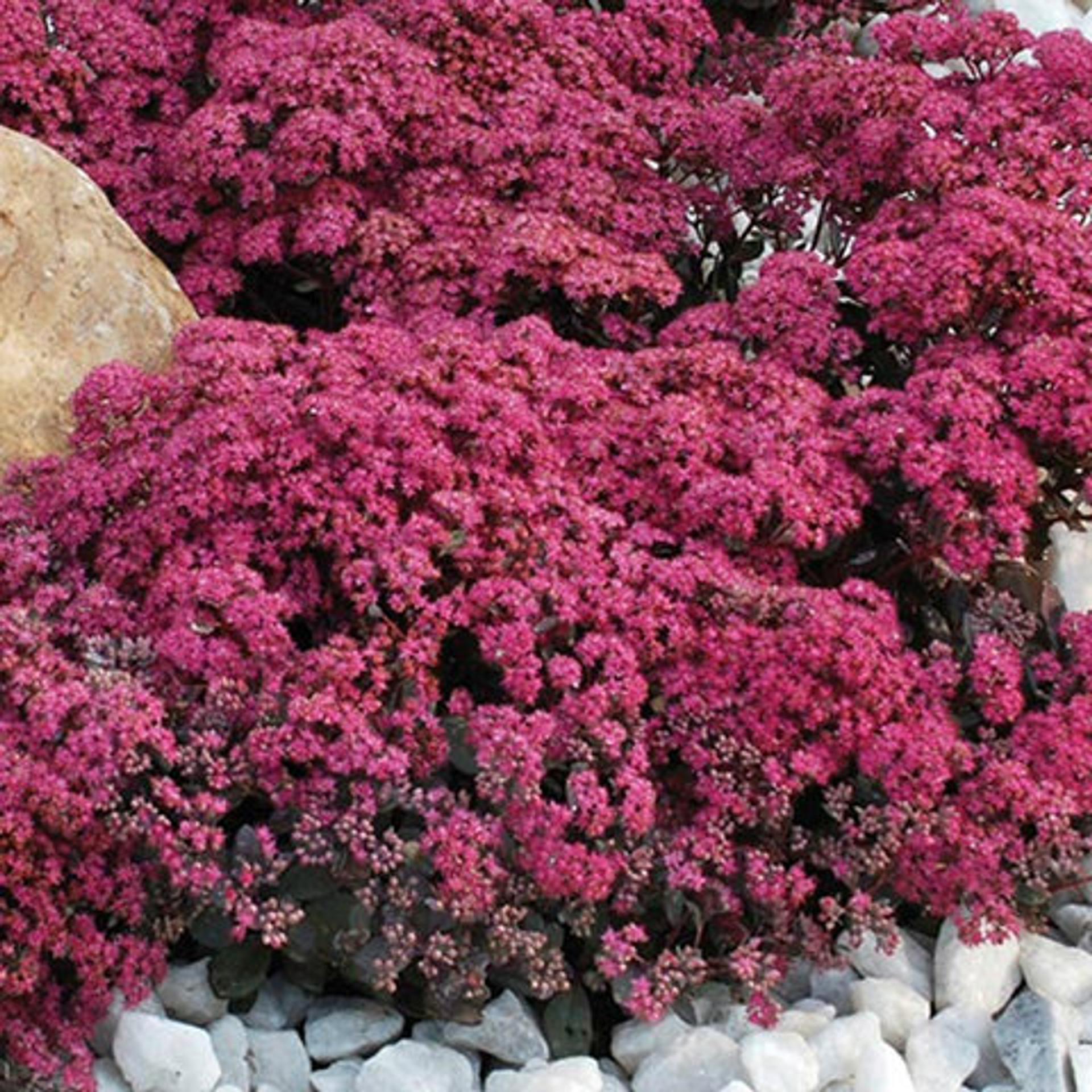
Sedum Sunsparkler® Blue Pearl Johnson Nursery Corporation
3-Piece 'Blue Pearl' Sunsparkler® Sedum. Price: $22.95. SKU: CFD14294. This product is not currently available for purchase. For optimum performance we suggest: 15-30-15 Bud-N-Flower Booster Carefree. One of the easiest plants you will ever grow! Sedum is loved for its hardy properties and ease of care, and 'Blue Pearl' is no exception!
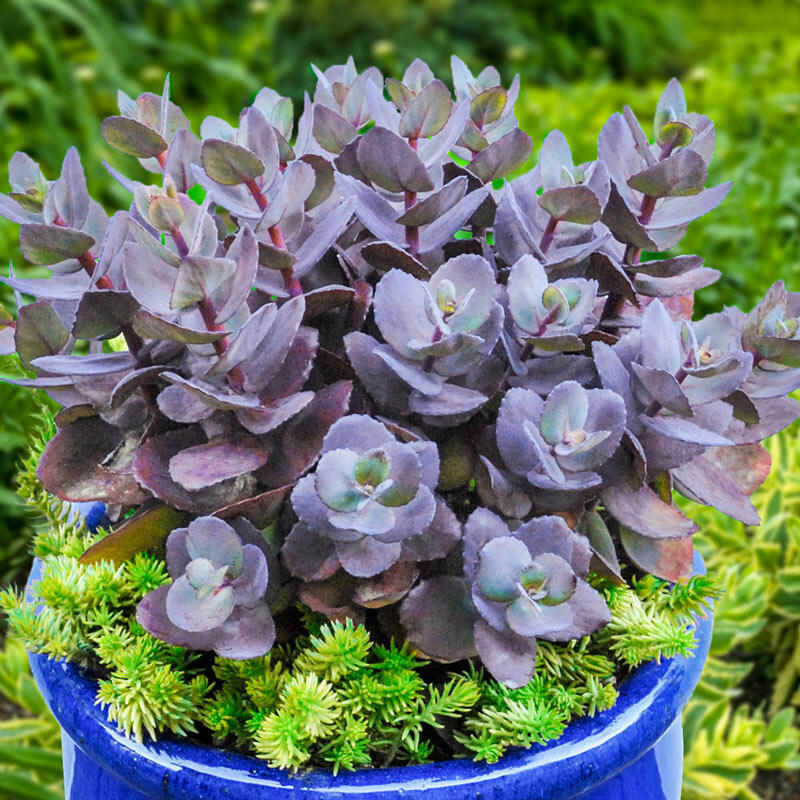
Blue Pearl Sedum Breck's
Hylotelephium. Genus description. Hylotelephium are succulent perennials with heads of small star-shaped flowers in summer to autumn. They are sometimes included within the genus Sedum. Name status. Accepted. Advertise here. Find help & information on Sedum 'Blue Pearl' from the RHS.

Sedum Sunsparkler® Blue Pearl Johnson Nursery Corporation
The Tennessee-Kentucky Plant Atlas is a source of data for the distribution of plants within the state as well as taxonomic, conservation, invasive, and wetland information for each species. The website also provides access to a database and images of plants photos and herbarium specimens found at participating herbaria.